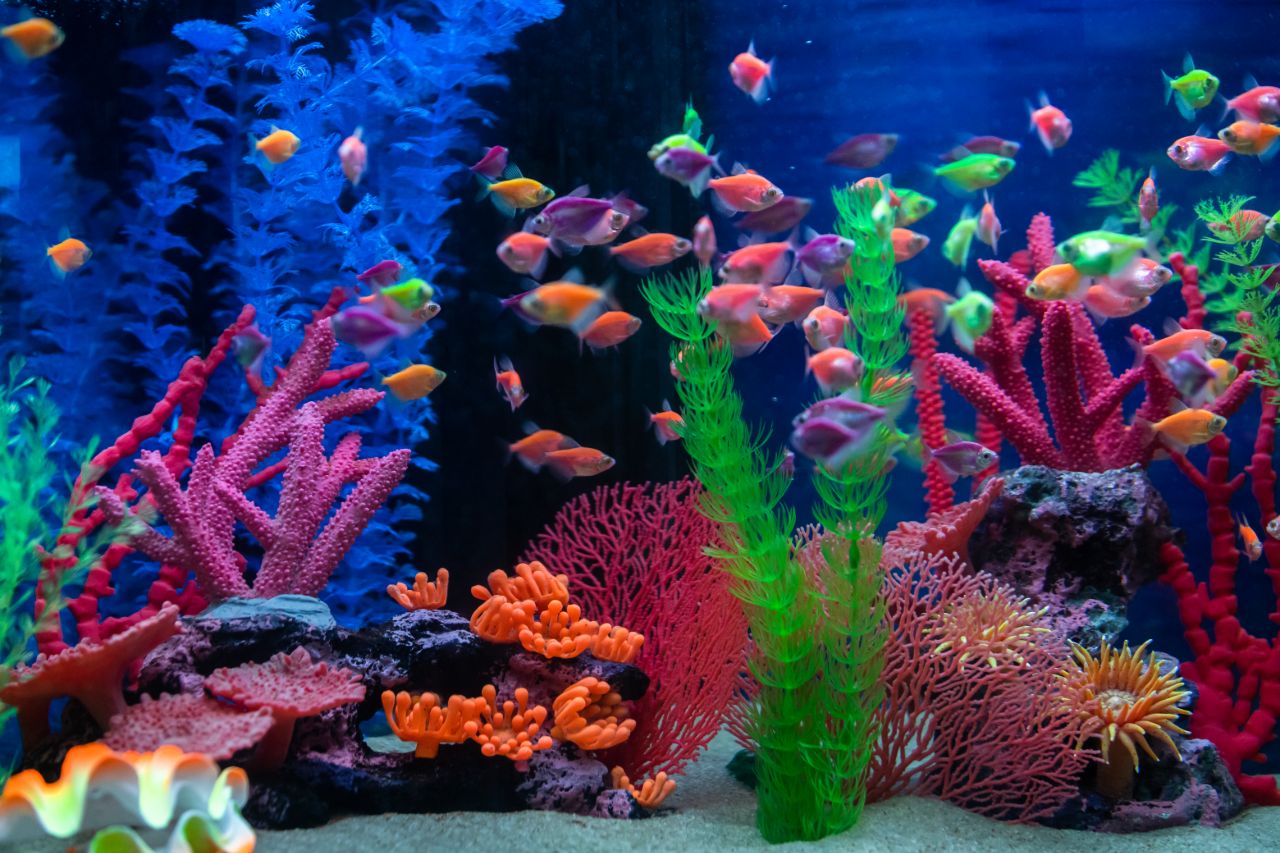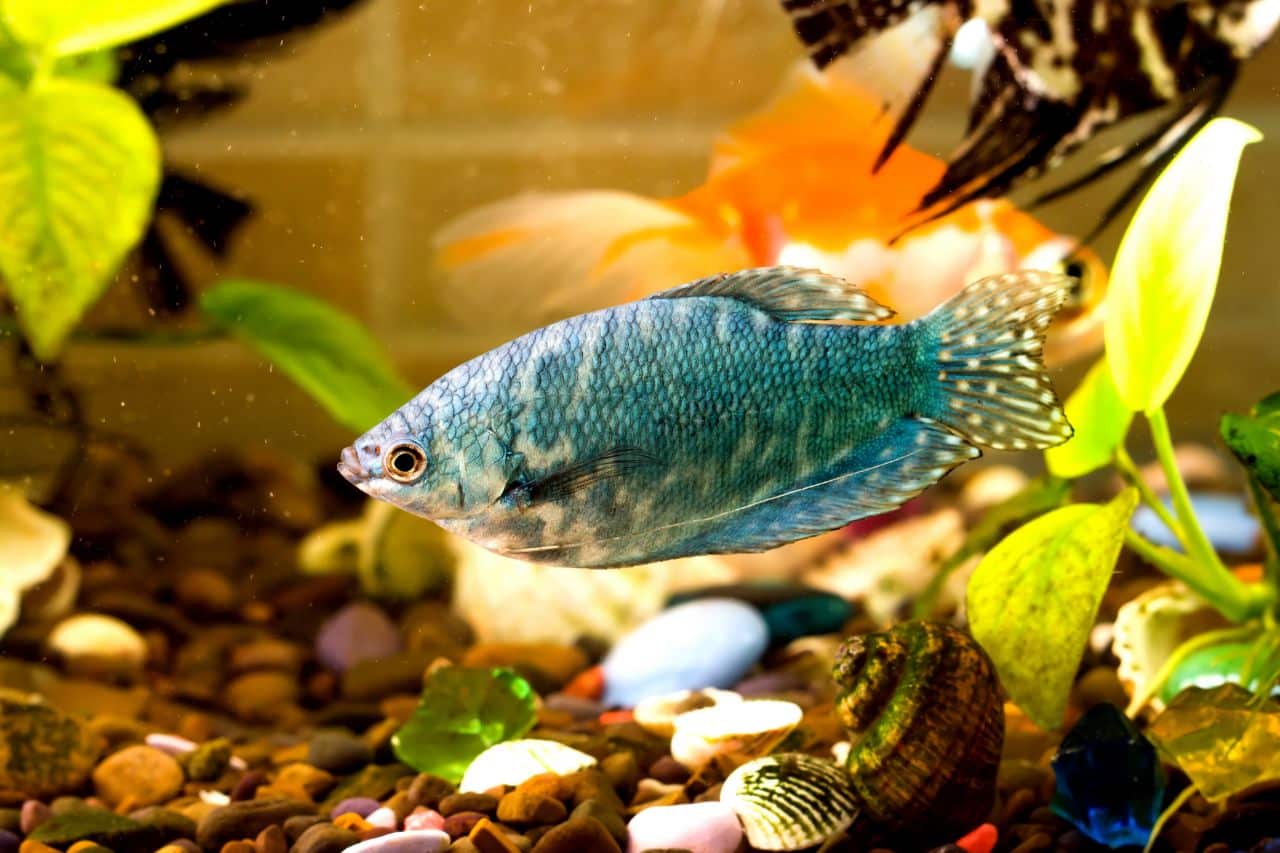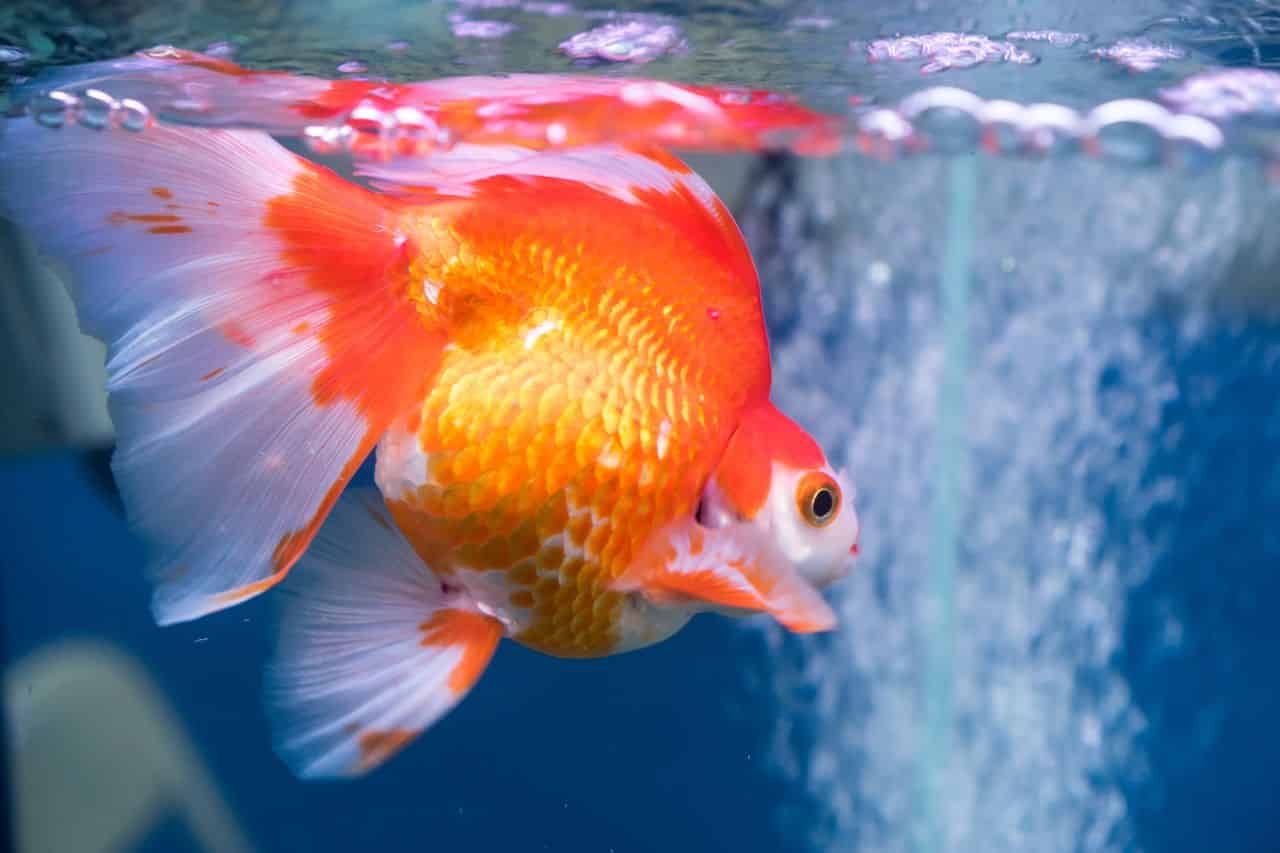A Guide To Proper Aquarium Oxidation

What are the things included in an aquarium oxidation guide?
- Symptoms of low oxygen levels in your fish tank
- Causes of low oxygen in your aquarium
- Ways to amp up oxygen levels in an emergency
- Long-term solutions to increase oxygen in your aquascape
If you forgot your lessons in your science class, you might be surprised why your aquarium creatures need oxygen. After all, fish can’t live above the water where fresh air is abundant right? But just like all living things—aside from anaerobic organisms—they need oxygen to survive. As aquatic animals, they get it in dissolved form through their gills. If you’re interested, this aquarium oxidation guide will teach you everything you need to know. Keep on reading!
Symptoms Of Low Oxygen Levels In Your Fish Tank

In your fish tank, the surface of the water is constantly in contact with the air. Because of this, oxygen can enter the water in exchange for carbon dioxide molecules that exit it. Thanks to the presence of your fishes who produce the latter, this process happens continuously.
But if you notice your fishes losing their appetite and moving around less, it might be a sign that they’re not getting enough air. If you’re observant, you could also see that your fishes are having more rapid gill movements than normal which indicate that they’re looking for more oxygen to pass through their blood.
In the worst-case scenario, you might also see your fish gasping at the surface of the water. While some species such as bettas and gouramis do this from time to time, fishes looking for oxygen will continuously gasp repeatedly.
Causes Of Low Oxygen In Your Aquarium
So if your fishes are gasping for air, what is the possible root cause? After all, shouldn’t aeration be a continuous process? The following are some of the reasons why there is not enough oxygen in your tank:
Fish Tank Overstocking
If your tank is stocked with more fishes than is recommended for its size, the oxygen will be consumed at a much faster rate.
Reduced Light Sources
While plants can give off oxygen in your fish tank, they need a natural or artificial light source to do so. If not, they would consume this from the aquarium water, making depletion much faster.
Warm Water
While you’re providing light to your plants, that doesn’t mean that you can neglect the heat going through your fish tank. This is because warm water doesn’t retain as much oxygen compared to cool water.
Aquarium Waste
Because waste can feed bacteria and algae that require oxygen in your tank, it has an indirect effect on the aeration of your aquarium. Besides, high amounts of waste can also make your fish sick. Fortunately, plants absorb these as nutrients.
Ways To Amp Up Oxygen Levels In An Emergency

Due to these causes, your fishes might have a hard time having enough oxygen. The priority here is to save your aquatic creatures, so you need an instant method that can produce immediate results.
The quickest way to increase oxygen levels is to perform water changes. While this is not recommended as a regular practice, it is necessary for emergencies. Replace the aquarium water by as much as 50% to get rid of stagnant liquids and introduce oxygen into your tank. If you need to keep the water moving during power outages, a battery-powered air pump can help you add more oxygen to your aquarium.
After this, you should address the root causes of low oxygen levels to prevent it from happening again. By applying solutions that can aerate your aquarium in the long term, you can ensure that your fishes are happy and healthy.
Long-term Solutions To Increase Oxygen In Your Aquascape
As said earlier, plants can help increase the amounts of oxygen in your aquarium by providing them directly in exchange for carbon dioxide given off by fishes. In addition to this, they also consume waste.
While all plants provide this benefit, submerged plants such as Hornwort, Bacopa Caroliniana, and Jungle Vallisneria are the best choices because they give off more oxygen than floating plants. They can also survive in most environments and are good for beginners. Just make sure to provide them ample light.
Aside from that, filters can also help increase oxygen levels in your tank by moving the water. It takes the stagnant water from the bottom and moves it to the surface for oxygen exchange. Make sure that these are replaced or cleaned regularly to prevent clogging.
Other than this, an additional tip is to ensure that your tank has a large surface area to provide more space for gas exchange. A long shallow aquarium is preferred rather than a tall and narrow one.
Key Takeaway
Aside from not having aerating devices, your fish can also die from lack of oxygen due to overstocking, reduced light sources, warm environments, and having too much waste. To keep your fish healthy, you can add water-moving tools to keep tank water from being stagnant. Aside from that, plants can also help you provide oxygen.
This aquarium oxidation guide is just your first step in aerating your aquarium. If you’re interested in adding plants to your tank, you can contact Aquascape Philippines! With a wide array of choices provided, you can choose depending on your experience, style preference, and aquarium environment. Send us a message so we can help you choose the right one for your tank.
Share on

